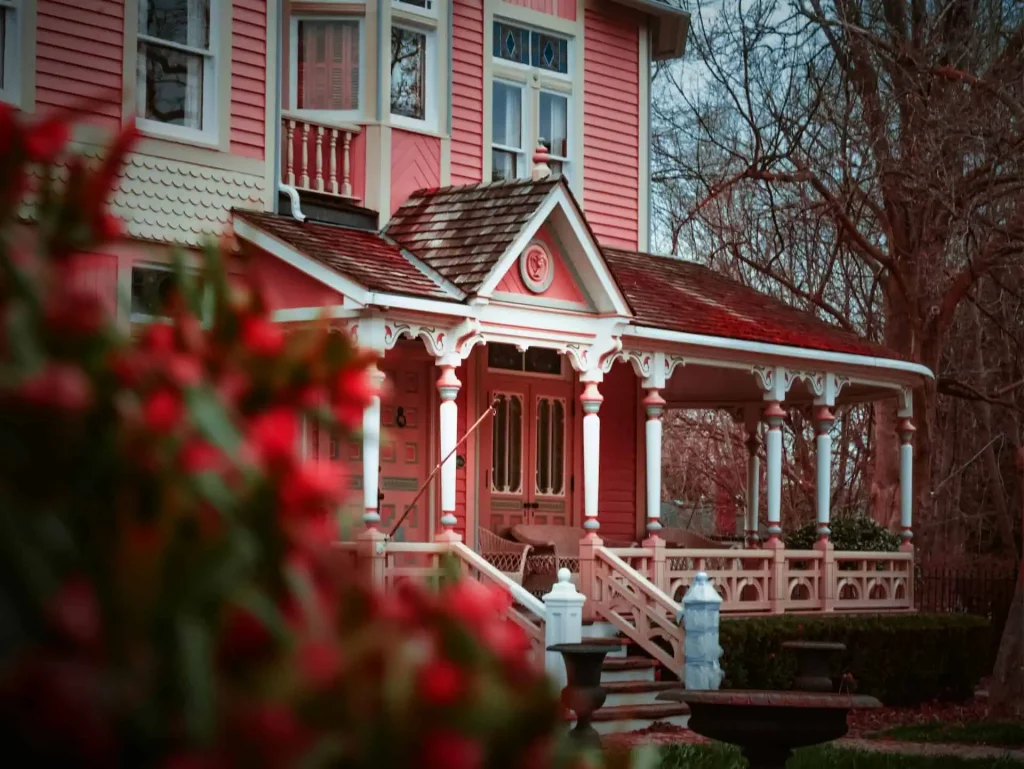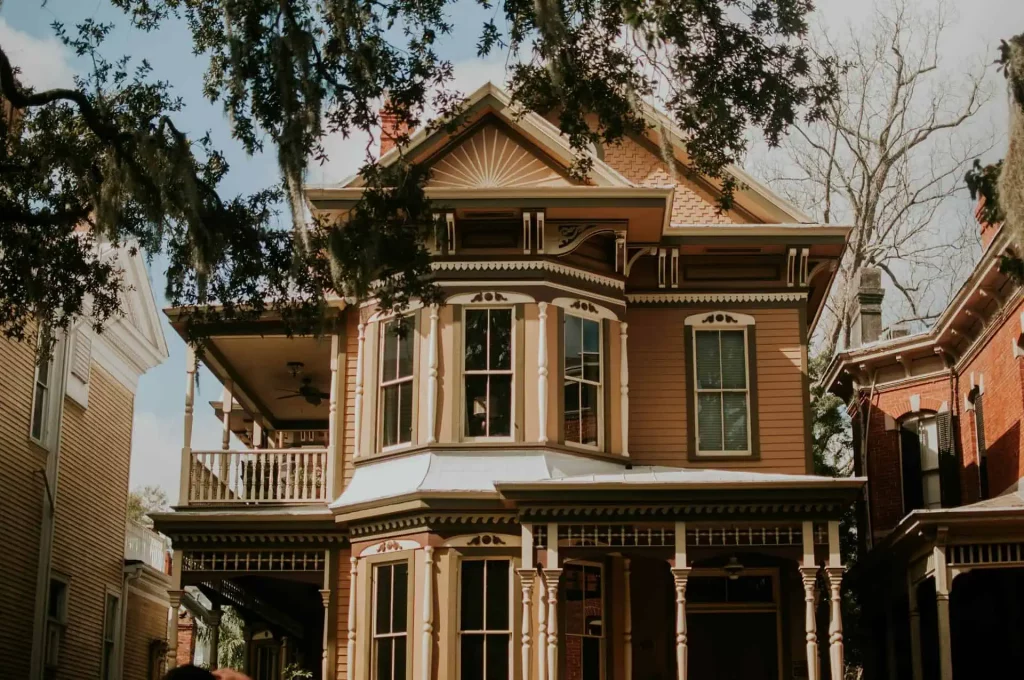Toronto’s century homes—those charming Victorian, Edwardian, and Georgian residences built in the late 19th and early 20th centuries—are treasures of the city’s architectural heritage. From the Annex to Cabbagetown, these homes boast intricate woodwork, stained glass, and historical character that modern builds can’t replicate. But restoring them? That’s a labor of love fraught with challenges. As of March 2025, here’s a look at the most common hurdles Toronto homeowners face when breathing new life into these old beauties—and practical ways to overcome them.
1. Navigating Heritage Regulations
The Challenge: Many century homes are listed on Toronto’s Heritage Register or fall within Heritage Conservation Districts (HCDs). This means even small changes—like replacing windows or altering a porch—require approval from the Toronto Preservation Board. The process can be slow, and restrictions might limit your vision.
How to Overcome It: Start early by contacting the City’s Heritage Planning staff (call 311 or check online). Review your property’s heritage status and the specific guidelines for your area—like those for Queen Street West HCD. Hire an architect or contractor experienced with heritage rules to draft compliant plans. Yes, it’s extra upfront work, but it avoids costly rejections later. Budget 2–6 months for approvals, depending on complexity.
2. Aging Infrastructure
The Challenge: Knob-and-tube wiring, galvanized plumbing, and crumbling foundations are par for the course in homes over 100 years old. These systems weren’t built for today’s electrical demands or water pressure, and upgrading them can balloon your budget.
How to Overcome It: Get a thorough inspection before you start—hire a home inspector familiar with older properties (around $500–$800). For knob-and-tube, a licensed electrician can rewire to modern standards ($10,000–$20,000 for a full house). Replace old pipes with copper or PEX ($5,000–$15,000), and reinforce foundations with underpinning if needed (a hefty $20,000+). Prioritize safety over aesthetics—hidden upgrades protect your investment.
3. Matching Historical Materials
The Challenge: Finding materials to match original features—like plaster mouldings, hardwood floors, or brickwork—is tough. Modern substitutes often look out of place, and salvaged pieces can be scarce or pricey.
How to Overcome It: Source from local salvage yards like Crown & Co. in Toronto or Habitat for Humanity’s ReStore. For custom work, connect with artisans—think plasterers or millworkers—through the Architectural Conservancy Ontario. If reproduction is your only option, companies like Victorian Revival can craft period-appropriate trim or windows. Be patient; it might take weeks to track down that perfect red brick.
4. Energy Efficiency Woes
The Challenge: Single-pane windows, uninsulated walls, and drafty doors make century homes energy hogs. Toronto’s cold winters and humid summers amplify the issue, but heritage rules often nix modern fixes like vinyl windows.
How to Overcome It: Retrofit smartly. Add storm windows (heritage-approved) to boost insulation without replacing originals ($200–$500 each). Insulate walls with blown-in cellulose through small, discreet holes ($2–$3 per square foot). Upgrade heating with a high-efficiency furnace or heat pump ($5,000–$10,000), and seal drafts with weatherstripping. These tweaks cut bills while preserving charm.
5. Hidden Damage
The Challenge: Open a wall, and you might find rot, asbestos, or termite damage—surprises that derail timelines and budgets. Toronto’s damp climate and decades of wear make this a frequent headache.
How to Overcome It: Build a contingency fund—10–20% of your budget—for the unexpected. Hire pros for hazardous materials: asbestos removal costs $1,500–$3,000 per area, done safely by certified firms. For structural fixes, a contractor with century-home experience can assess and repair rot or pest damage efficiently. Don’t skimp on pre-work inspections to catch issues early.
6. Balancing Old and New
The Challenge: You want modern amenities—a sleek kitchen, an extra bathroom—but forcing them into a century home can clash with its layout or style. Cramming a dishwasher into a butler’s pantry isn’t always seamless.
How to Overcome It: Work with a designer who gets historical homes. Keep layouts sympathetic to the original flow—extend at the back for new space rather than carving up interiors. Use period-inspired finishes (subway tile, clawfoot tubs) to blend old and new. For kitchens, companies like Period Kitchen Design in Toronto specialize in custom builds that honor the past while adding function.
Tips for Success
- Hire Experts: Hint: RICH BY DESIGN INC. We bring the century-home experience such and save you from rookie mistakes.
- Plan Thoroughly: Permits, heritage approvals, and material sourcing take time—start 6–12 months ahead.
- Embrace the Process: Restoring a century home isn’t quick or cheap (budgets often hit $100,000+), but the payoff is a one-of-a-kind space.
Final Thoughts
Restoring a Toronto century home is a dance between preserving history and adapting to today. The hurdles—regulations, old systems, elusive materials—test your patience, but the solutions are within reach with research and the right team. These homes have stood for over a century; with care, they’ll shine for another. Own one? Share your restoration wins (or woes) below—I’d love to hear your story!


